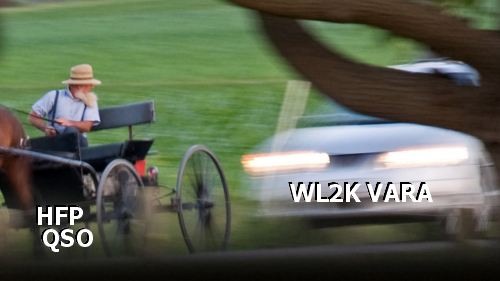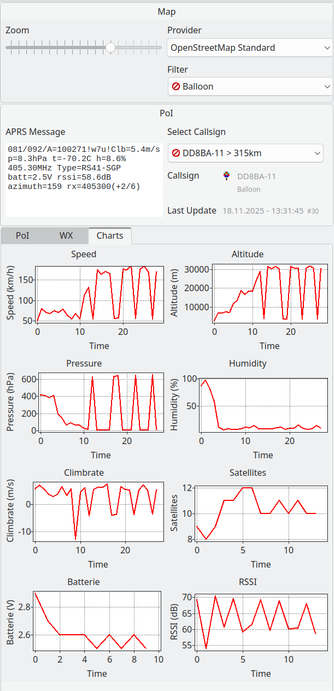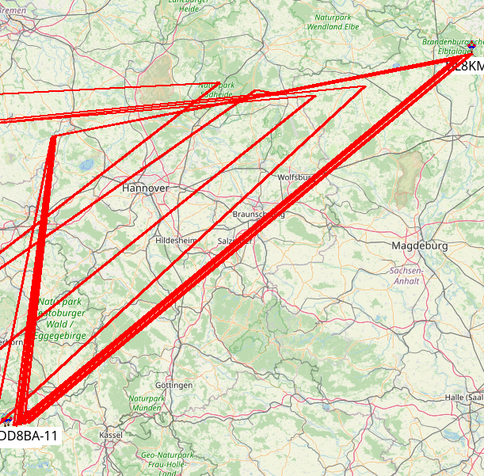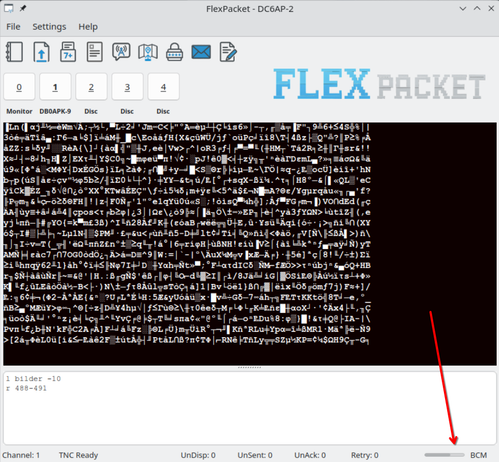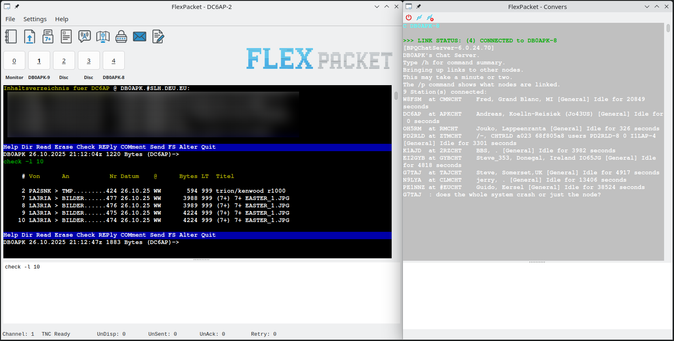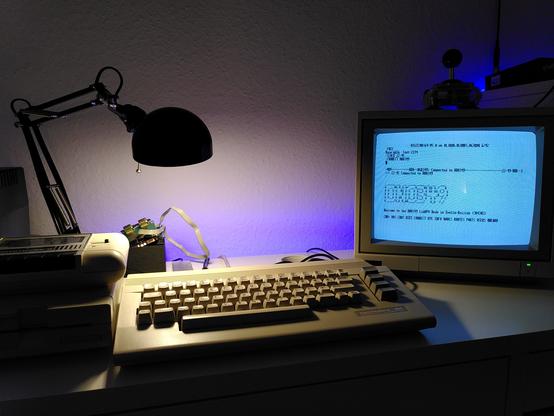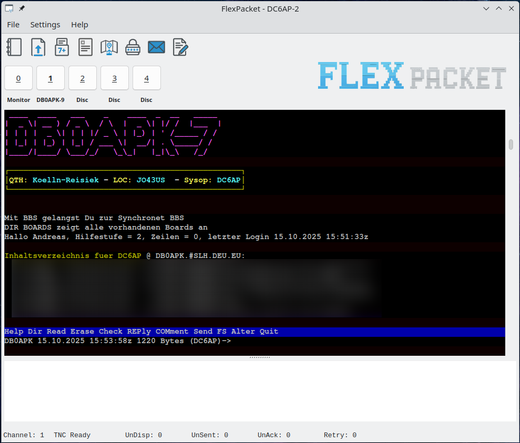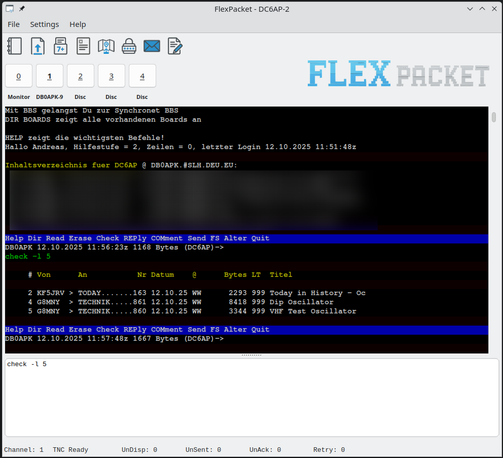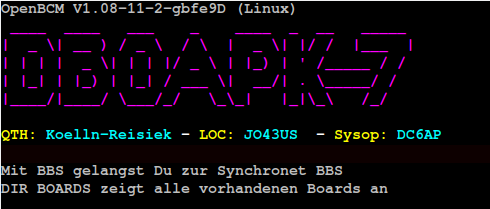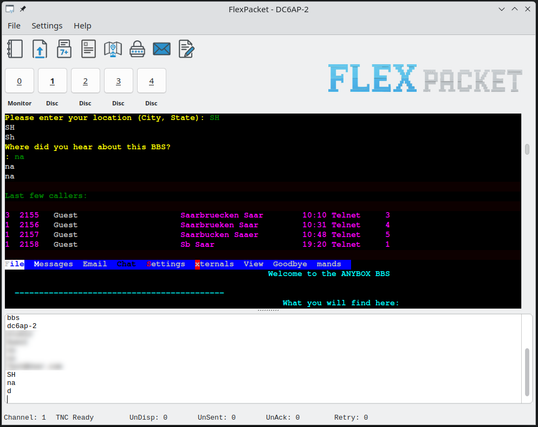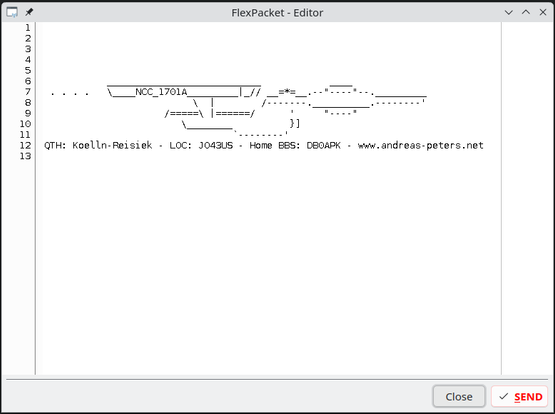@sacha @screwlisp @dougmerritt @zagebo @vavakado I'm trying to figure out how to maintain a wireless terminal connection with my home computer up to 10km away (further's edge of town)
Via #Reticulum over #LoRa (#rnode) or another #MeshNetwork. #PacketRadio, #MANET, #BATMAN, #SDR, etc
I'm not sure where this is going if anywhere ¯\_(ツ)_/¯
—
https://reticulum.network
https://unsigned.io/rnode/
https://en.wikipedia.org/wiki/Wireless_ad_hoc_network
https://en.wikipedia.org/wiki/B.A.T.M.A.N.
